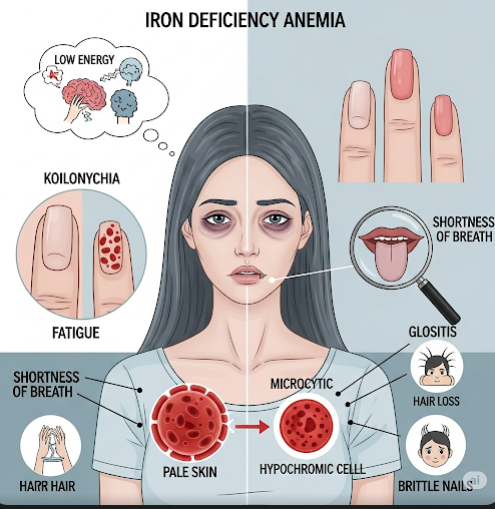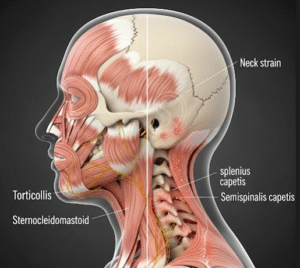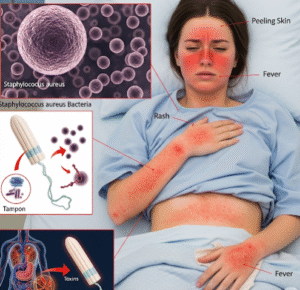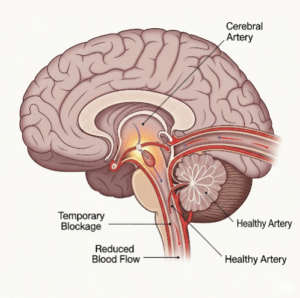Overview
Iron-deficiency anemia (IDA) is the most common type of anemia worldwide, resulting from insufficient iron levels to meet the body’s needs for producing healthy red blood cells. Iron is essential for hemoglobin synthesis, the protein in red blood cells responsible for oxygen transport. When iron stores are depleted, hemoglobin production falls, leading to decreased oxygen delivery to tissues and resulting in symptoms of anemia. IDA can affect people of all ages but is particularly prevalent among women of reproductive age, children, and the elderly. In Korea, improved nutrition, early diagnosis, and advanced treatment options have helped reduce the burden of IDA, but it remains a significant public health concern, especially in vulnerable populations.
What is Iron-Deficiency Anemia?
Iron-deficiency anemia occurs when the body’s iron supply is insufficient to produce adequate hemoglobin for red blood cells. Hemoglobin carries oxygen from the lungs to tissues, so a deficiency reduces oxygen availability, leading to fatigue, weakness, and other systemic effects.
The condition develops gradually, starting with depletion of iron stores in the bone marrow and liver, progressing to reduced hemoglobin synthesis and ultimately resulting in anemia. IDA can be caused by inadequate dietary iron intake, poor absorption, increased iron demand, or chronic blood loss.
Symptoms
Symptoms often develop slowly and may be subtle initially, including:
- Fatigue and general weakness
- Pale skin and mucous membranes (pallor)
- Shortness of breath on exertion
- Dizziness or lightheadedness
- Cold hands and feet
- Headache and difficulty concentrating
- Rapid or irregular heartbeat (palpitations)
- Brittle nails and hair loss
- Pica (craving and eating non-food items like ice, dirt, or starch)
- Restless legs syndrome
- Glossitis (inflamed, sore tongue) and mouth ulcers
Severe or prolonged anemia can cause chest pain, angina, or exacerbate heart conditions.
Causes
Iron-deficiency anemia results from one or more of the following:
- Inadequate iron intake: Poor dietary consumption of iron-rich foods, common in vegetarians or in regions with limited food variety.
- Increased iron requirements: Such as during pregnancy, infancy, childhood growth spurts, and adolescence.
- Chronic blood loss: Menstrual bleeding, gastrointestinal bleeding (ulcers, cancers, hemorrhoids), frequent blood donation, or parasitic infections causing blood loss.
- Malabsorption: Conditions like celiac disease, inflammatory bowel disease, gastric surgery, or use of certain medications reduce iron absorption.
- Other causes: Chronic inflammation or infection leading to altered iron metabolism.
Risk Factors
- Women of reproductive age: Due to menstrual blood loss and pregnancy demands.
- Infants and young children: Rapid growth increases iron needs.
- Pregnant women: Increased blood volume and fetal iron requirements.
- Poor diet: Vegetarian or vegan diets low in heme iron.
- Chronic blood loss: From gastrointestinal or gynecological sources.
- Gastrointestinal disorders: Affecting absorption.
- Frequent blood donors.
- Low socioeconomic status: Limited access to nutritious food.
Complications
If left untreated, IDA can cause:
- Severe fatigue and impaired cognitive function: Affecting quality of life and productivity.
- Growth and developmental delays: In children, impacting physical and intellectual development.
- Pregnancy complications: Including preterm delivery, low birth weight, and increased maternal mortality.
- Cardiac strain: Tachycardia, heart failure, or angina, especially in those with underlying heart disease.
- Increased susceptibility to infections: Due to impaired immune function.
Prevention
Preventive strategies include:
- Balanced diet: Rich in iron-containing foods such as red meat, poultry, fish, legumes, fortified cereals, and leafy greens.
- Enhancing iron absorption: Consuming vitamin C-rich foods (citrus fruits, tomatoes) alongside iron-rich meals.
- Addressing menstrual bleeding: Managing heavy periods through medical treatment.
- Screening and early treatment: Especially for high-risk groups such as pregnant women and children.
- Public health measures: Iron supplementation programs and food fortification.
Treatment Options in Korea
Korea provides comprehensive care for iron-deficiency anemia through early diagnosis and a range of treatment options:
- Diagnostic Evaluation:
- Complete blood count (CBC) to detect anemia.
- Serum ferritin to assess iron stores.
- Serum iron, total iron-binding capacity (TIBC), and transferrin saturation tests.
- Evaluation for underlying causes, including endoscopy or gynecological assessment if bleeding is suspected.
- Dietary Management:
- Nutritional counseling to increase intake of heme and non-heme iron sources.
- Education on food combinations that enhance or inhibit iron absorption.
- Oral Iron Therapy:
- First-line treatment, typically ferrous sulfate, ferrous gluconate, or ferrous fumarate supplements.
- Korean clinics emphasize patient education on adherence and managing gastrointestinal side effects.
- Monitoring hemoglobin and ferritin levels to assess response.
- Intravenous Iron Therapy:
- Used in cases of severe anemia, poor oral tolerance, malabsorption, or ongoing blood loss.
- Modern formulations available in Korea provide effective and safe iron replenishment.
- Treatment of Underlying Causes:
- Managing sources of bleeding (e.g., endoscopic treatment of ulcers or hemorrhoids).
- Addressing malabsorption disorders or parasitic infections.
- Follow-up Care:
- Regular monitoring to ensure correction of anemia and replenishment of iron stores.
- Counseling on lifestyle and dietary adjustments to prevent recurrence.













